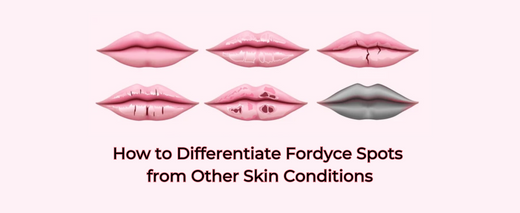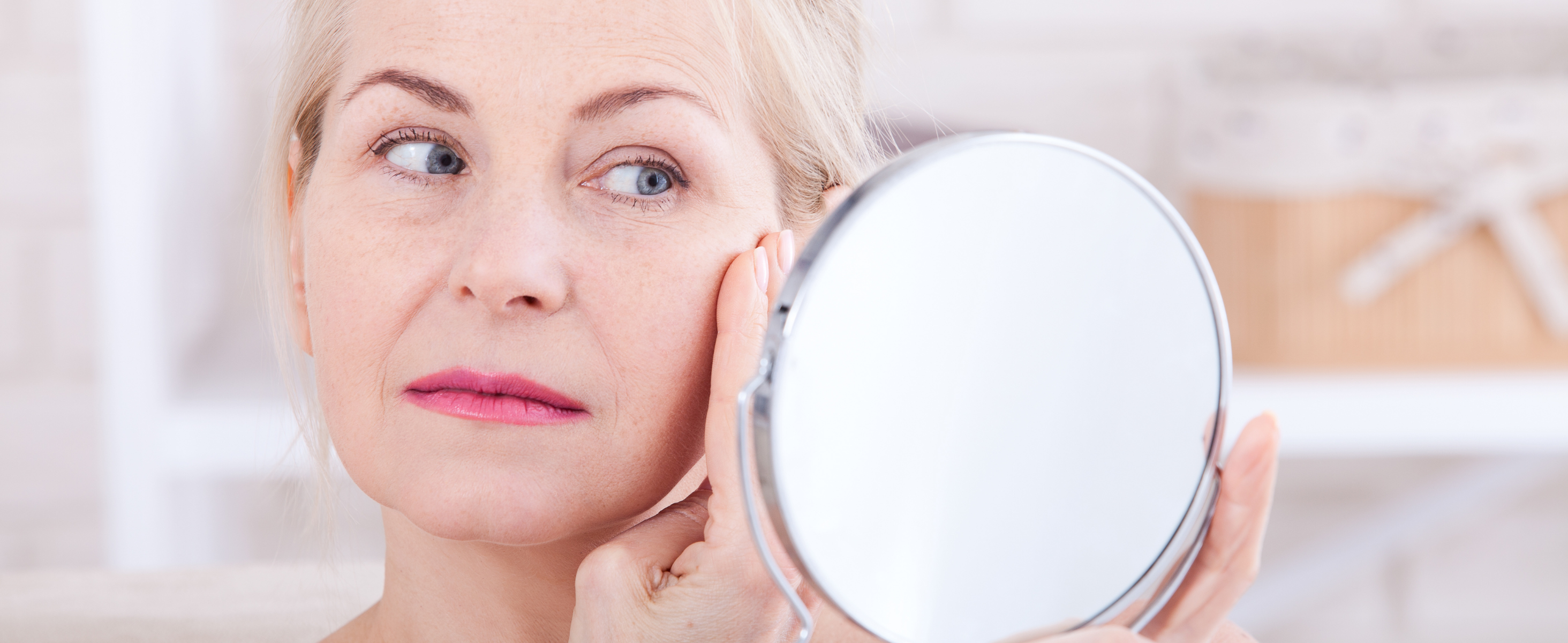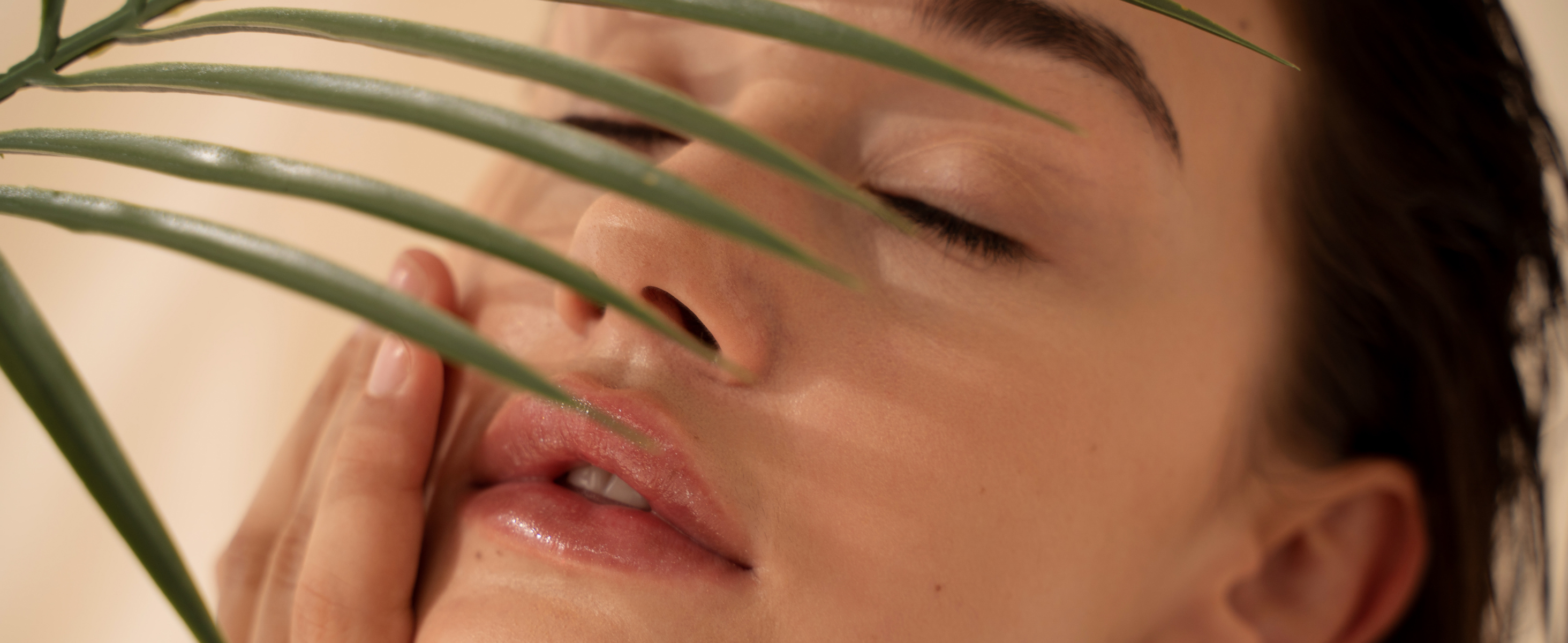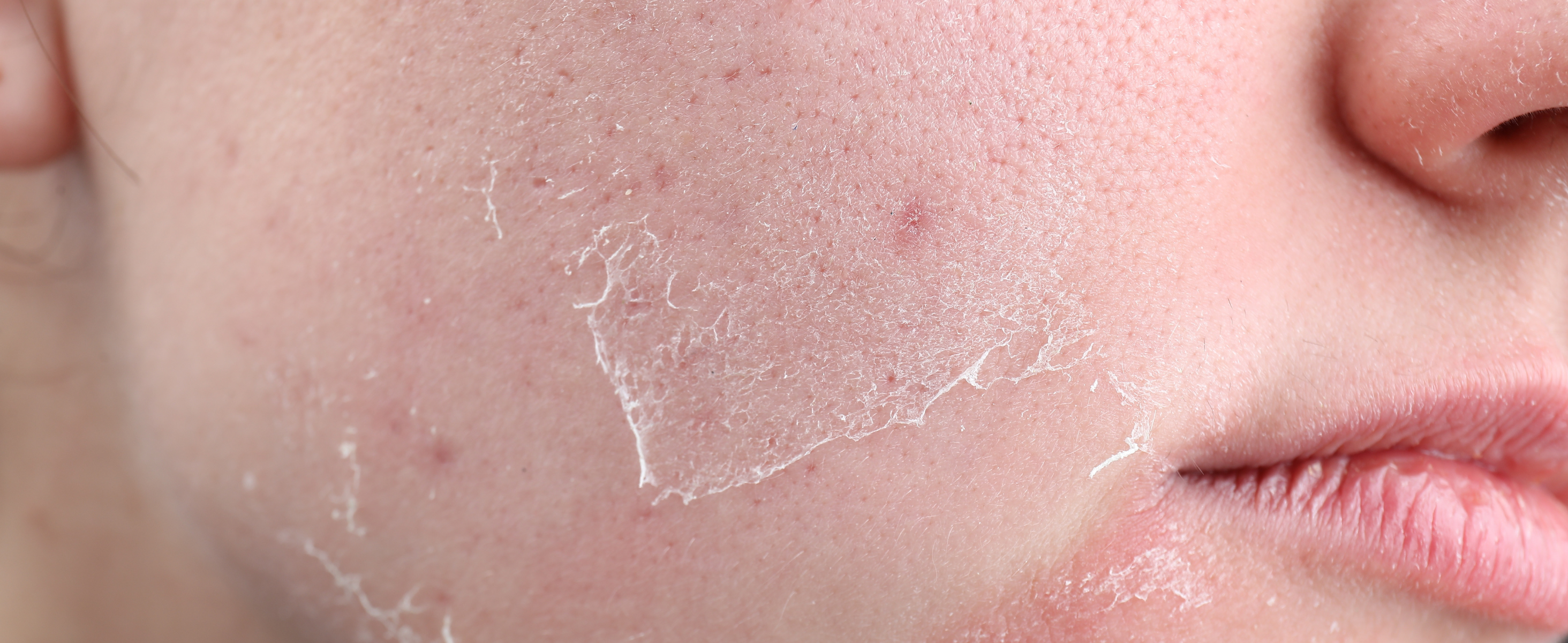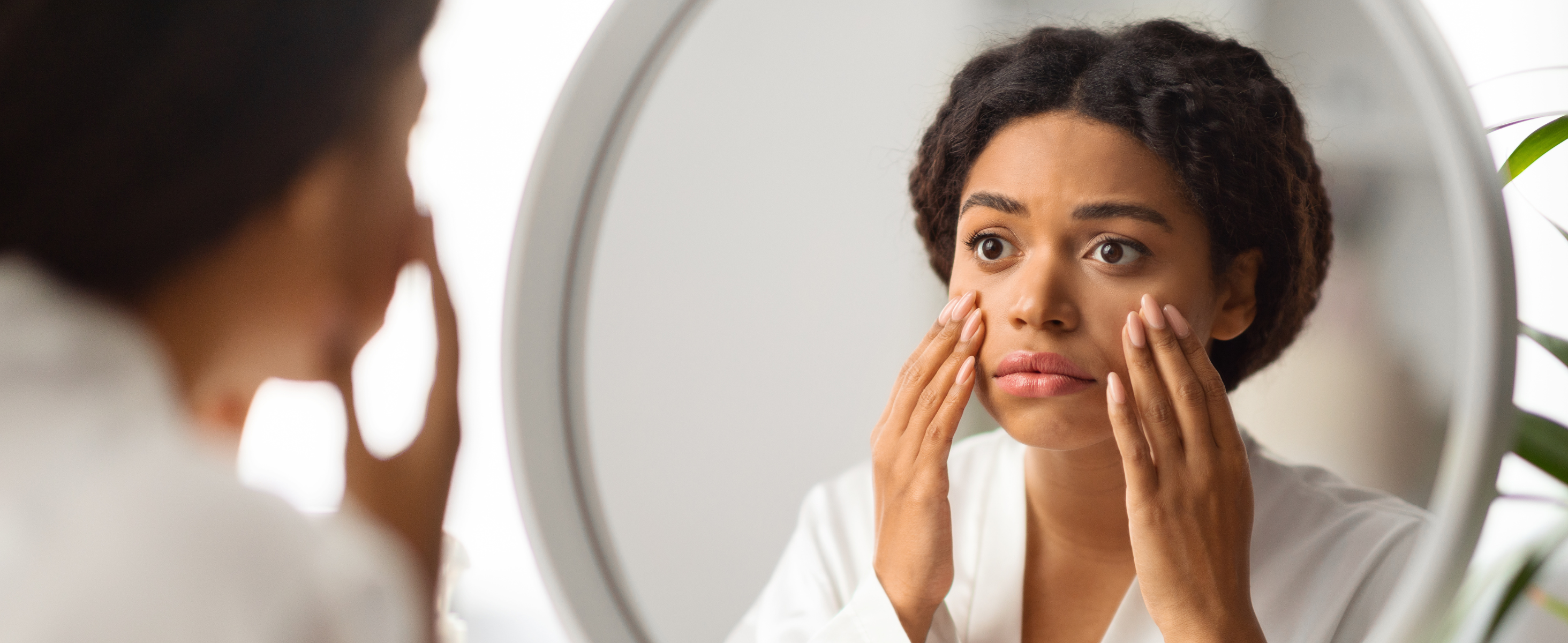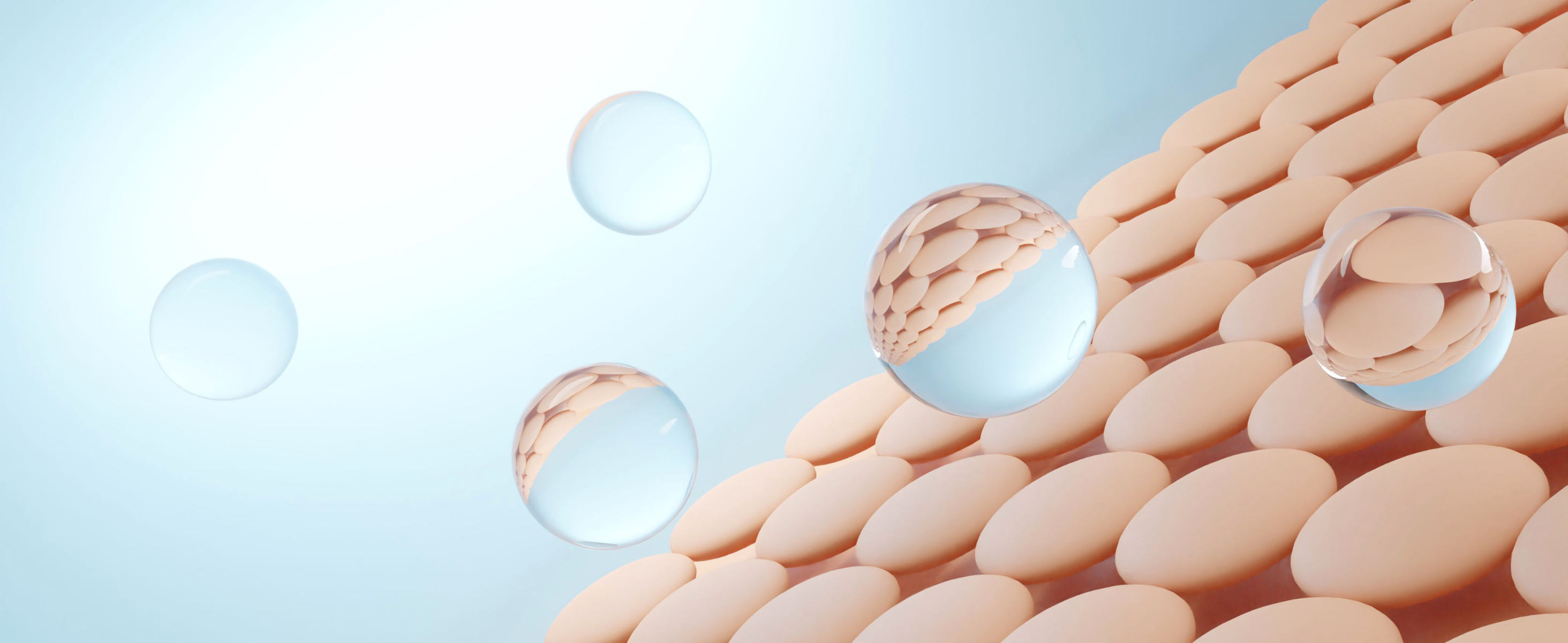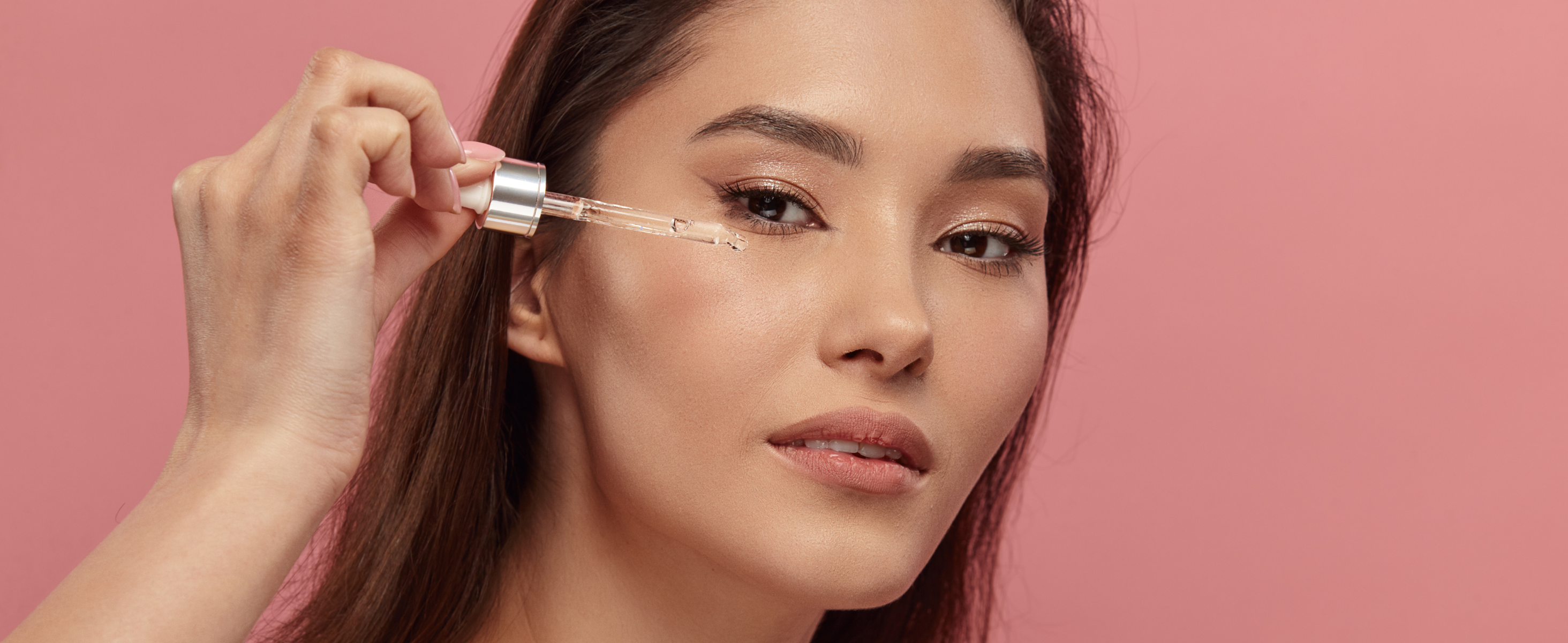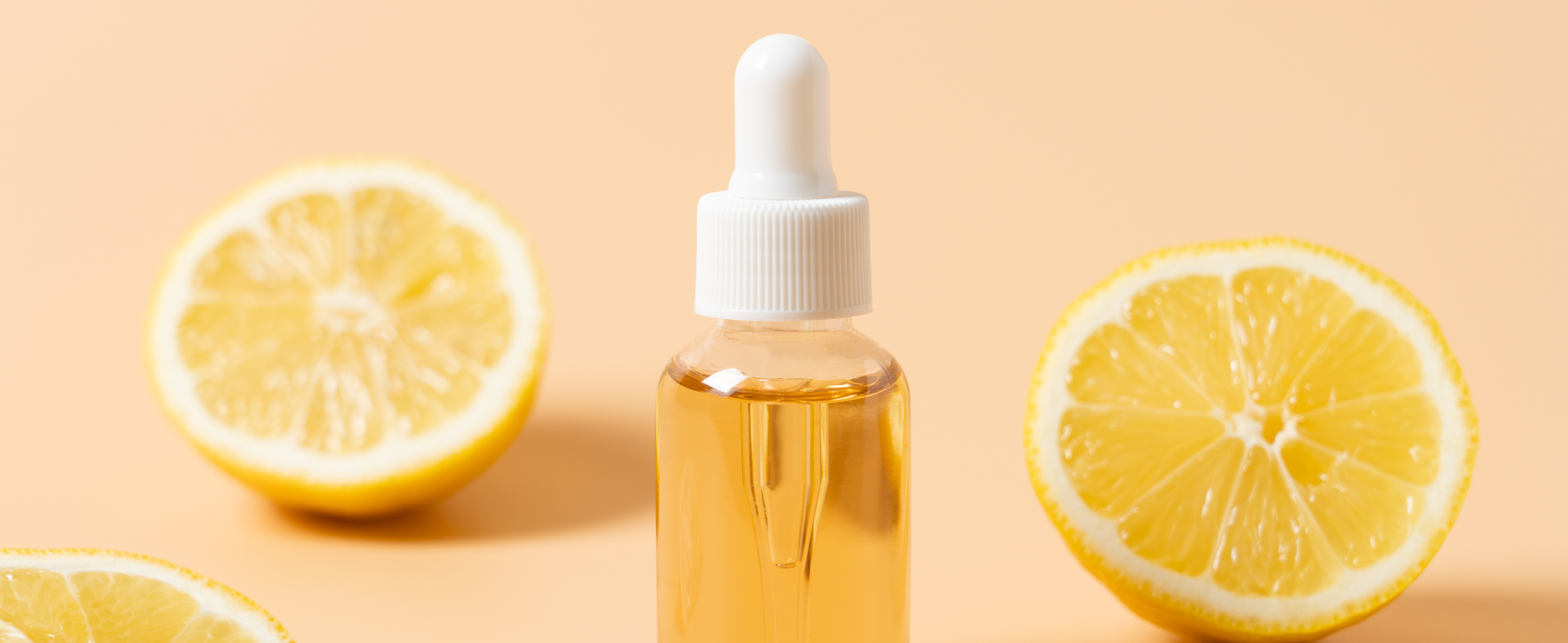Fordyce spots are a common yet often misunderstood skin condition. These small, pale, or yellowish bumps are typically found on the lips, inside the cheeks, or on the genitals. While harmless, they can sometimes be mistaken for other skin conditions, causing unnecessary worry. In this blog, we’ll guide you through the key differences between Fordyce spots and other similar-looking skin issues, helping you better understand what you’re dealing with.
What Are Fordyce Spots?
Fordyce spots are enlarged sebaceous (oil) glands that appear on the skin’s surface. Unlike acne, these glands are not associated with hair follicles, making them unique. They are a normal anatomical variation and affect both men and women. While they are harmless and non-contagious, their appearance can sometimes be concerning for those who are unfamiliar with them.
Differentiating Fordyce Spots from Other Skin Conditions
Many skin conditions can resemble Fordyce spots, but they differ in cause, appearance, and symptoms. Here’s how to distinguish Fordyce spots from some of the most common lookalikes:
| Fordyce Spots | Acne | Cold Sores | Oral Thrush | Milia | |
| Appearance |
Small, usually 1-3 millimeters in diameter. |
Acne typically involves red, inflamed bumps or pus-filled pimples, often accompanied by blackheads or whiteheads. |
Begin as small, fluid-filled blisters that later crust over | White, creamy patches that can be scraped off, leaving a red or bleeding surface. | Small, white, cyst-like bumps often found around the eyes or cheeks. |
| Location | Pale white, yellowish, or skin-colored. | Found on oily areas like the face, chest, and back, but not usually on the lips or inside the cheeks. | Commonly appear on the lips or around the mouth. | Found on the tongue, inner cheeks, or roof of the mouth. | Rarely found on the lips or inside the mouth. |
| Cause | Commonly found on the edges of the lips, inside the cheeks, or on the genitals. | By clogged pores, bacteria, and inflammation | Caused by the herpes simplex virus and are contagious | Caused by an overgrowth of Candida yeast, often due to a weakened immune system or antibiotic use | Caused by trapped keratin beneath the skin. |
| Key Difference | Smooth and slightly raised but not itchy or painful. | Associated with inflammation and often painful, while Fordyce spots are not | Painful, contagious, and may be accompanied by itching or burning sensations, unlike Fordyce spots | Typically associated with discomfort and a cottony feeling in the mouth, which Fordyce spots do not cause. | Milia are harder and more cyst-like than Fordyce spots. |
When to See a Doctor
While Fordyce spots are harmless, you may want to consult a doctor if:
- You notice changes in their size, color, or texture.
- They are accompanied by pain, itching, or redness.
- You’re unsure whether the spots are Fordyce spots or another condition.
- A dermatologist can provide a definitive diagnosis and put your mind at ease.
Treating Fordyce Spots
Although Fordyce spots don’t require treatment, some people seek cosmetic solutions to improve their appearance. One effective option is Belani Fordyce Cream, specially formulated to diminish the visibility of Fordyce spots. This cream not only reduces the appearance of spots but also hydrates and smoothens the skin, giving it a healthier look.
Belani Fordyce Cream is gentle, non-irritating, and enriched with skin-nourishing ingredients. Regular use can help you achieve clearer, more confident skin without the need for invasive procedures.
Final Thoughts
Fordyce spots are a normal and harmless skin condition, but their appearance can sometimes cause confusion. By understanding their unique characteristics and how they differ from other skin conditions, you can avoid unnecessary worry and seek the appropriate solutions if needed. If you’re looking for a safe and effective way to reduce their visibility, Belani Fordyce Cream is a highly recommended choice. Give it a try and experience the confidence that comes with clearer skin!

